Here is a short version of an article which was 1st published in a German onboard flight magazine:
ARUGAM BAY: POTHEADS, SURFERS AND A GREAT DREAM
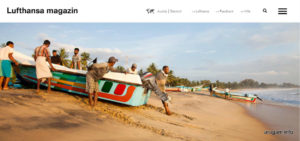
A?Exploring the real Sri Lanka is best done by bus. What you should know: Buses never use their brakes, and love to overtake. Rock-hard benches, diesel engines that sound like tractors and a Bollywood-style soundtrack are all part of the trip to Arugam Bay. Ita??s a genuine experience and takes ten hours.
A two-kilometer stretch of street lined with huts, houses and small hotels: This is the east coasta??s legendary surf spot. West of the place also known as a??A-Bay,a?? peacocks strut across paddy fields, and further south, elephants lumber through the wilderness. I arrive with a headache, a backache and hurting ears: I need a beer. The Siam View Hotel, owned by A-Bay veteran Fred Netzband-A?Miller, 65, serves the best beer, I am told. a??I came here in the seventies, to smoke XXX and surf,a?? says the Dutchman. a??Then I met a A?local woman…….a?? Purchase femcare
We are on the roof of his hotel, on the Flower Power Terrace. Over a beer a?? homemade and excellent, by the way a?? Fred talks about the wild days in A-Bay a?? and about the civil war, the battles that raged on other beaches not far from here. Surfers still came to A-Bay, though a?? for the spectacular waves a?? if necessary even traveling through the region occupied by the rebel Tamil Tigers. Fred also experienced and survived the 2004 tsunami in A-Bay: a??I was up here, partying with my staff. All of a sudden, there was salt water sloshing into my gin and tonic. Absolutely unacceptable!a?? Then the easy smile he has worn until now disappears. a??But seriously, you know: The party saved our lives.a??
Others were not so fortunate: Up to 38?000 Sri Lankans lost their lives in the tsunami, among them the father of Irsah and Irfan. On the beach in the morning, I meet the 25-year-old twins, who work as surf instructors and fishermen today. a??We were 14,a?? Irfan says, a??and had to quit school because our mother had no money.a?? Today, they are short of cash again; this time to fulfill the great dream they share. Irsah points to a structure at the top of the beach with no walls, but a large roof about 14 to 15 square meters in area, made of palm leaves and supported by tree trunks. a??Thata??s going to be our surf school,a?? Irsah tells me, a??as soon as we have a few spare rupees, wea??ll carry on building, buy some second-hand boards. And then wea??ll really make a splash a?? youa??ll see!a??
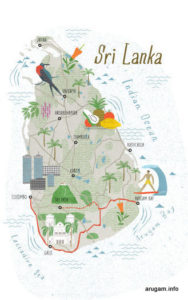
�First civil war, then a tsunami a?? until recently, only fearless travelers sought out Sri Lanka. Thata??s changed and people are flocking to the island again. Our author went in search of its magic and discovered an urban jungle with a soul, legendary beaches and a holy mountain
Happiness, it seems, is here for the taking a?? the ocean so blue, the flowers such a blaze of color, the streets so clean. Glittering towers dreamed up by the worlda??s best architects reach for the sky. A tantalizing vision, but too good to be true. For now, at least, only a computer-generated idyll, this vision is plastered on construction site fences around Colombo. The reality is quite a different story: Sri Lankaa??s city of millions stinks. Ita??s a sweaty, noisy, rattletrap of a place that stifles your breath. Its streets are dangerous and the weather makes you suffer a?? one minute the tropical sun is frying your brain, the next, a cloudburst knocks you off your feet. Tourist attractions, parks, beaches? Palaces or museums? Such things barely exist here a?? as yet.
Civil war raged in Sri Lanka for a bitter 26 years. Although most of the fighting took place in the north and east, the entire island seemed paralyzed, including Colombo on the west coast. Today, more than six years since the end of the war, investors are flocking to the city. Tourists are also returning to Sri Lanka, their number nearly four times that in 2009. Most still give the unlovely urban sprawl that is Colombo a wide berth, but this is set to change. On Galle Road, just steps from the Indian Ocean, hotel tower blocks are taking shape, and therea??s an entire new neighborhood planned next door a?? an ambitious, classy, ultramodern development project built on land to be reclaimed from the ocean.
The mood on the art scene is also euphoric at present. a??We are seeing collectors and curators coming in from all over the world,a?? says Saskia Fernando, 33, whose art gallery shares her name. Its snow-white walls display works vaguely reminiscent of Frida Kahlo and Salvador DalA?: surreal, opulent, brilliantly colored. And yet, a sense of identity grounded somewhere between India and the South Seas is already apparent. a??For the first time in Sri Lanka, artists are able to make a living from their work,a?? says Fernando. a??When I set up my gallery six years ago, that was unthinkable.a??
How does she envision the future? a??Sometimes I am concerned for our soul,a?? she replies. a??Construction is in progress everywhere a?? at the expense of our environment, culture and tradition. But of course we urgently need development, tourism, jobs. And mostly I do feel positive because the soul of Sri Lanka is its people. They are so amazing, so irrepressible.a?? Later on, wandering through the city, I begin to understand what she meant. No matter how crowded, noisy or down-at-heel Colombo is, people smile at you as though their life depended on it; almost as if they had decided to be the happiest people on earth in spite of everything.
source & full article:
http://magazin.lufthansa.com/at/en/travel-en/back-to-a-future-sri-lanka/
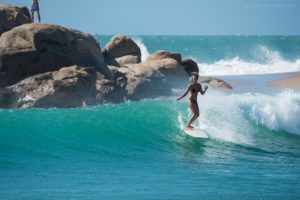
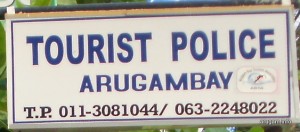
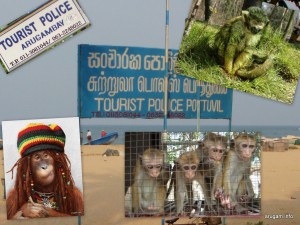

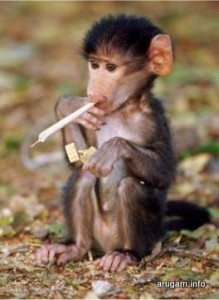
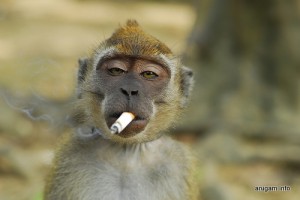
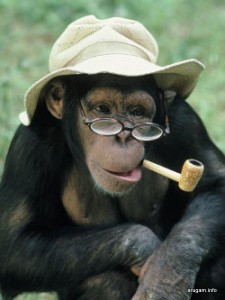
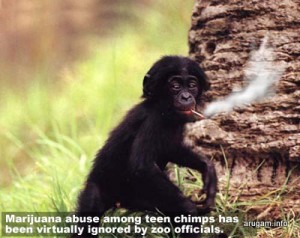
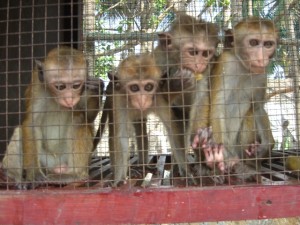
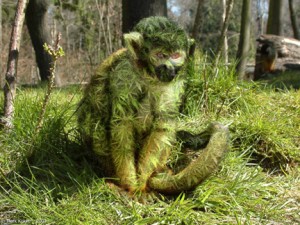
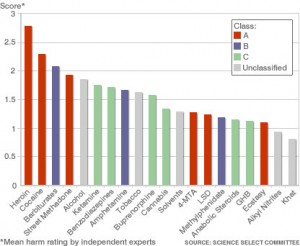
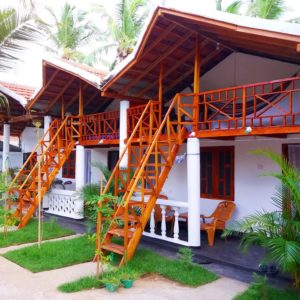
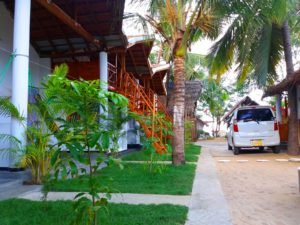
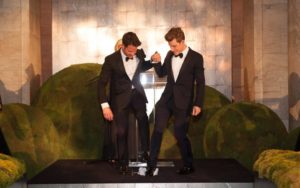
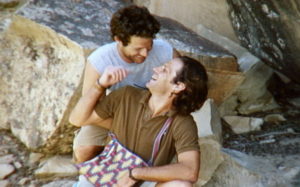

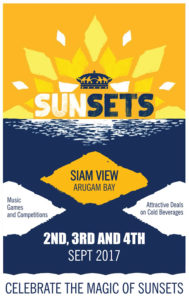
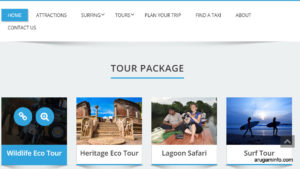

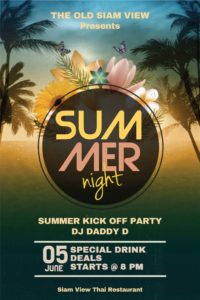
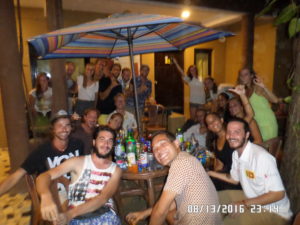
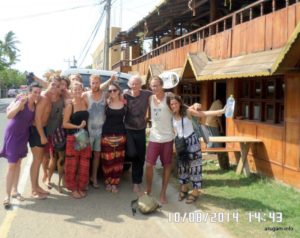

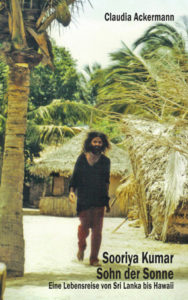
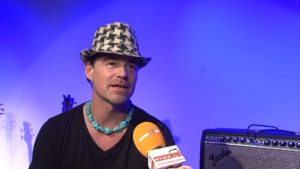
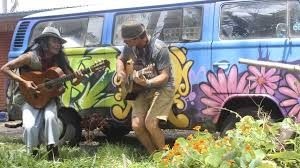
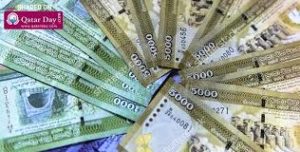
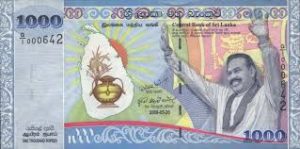
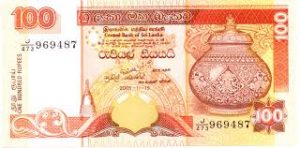
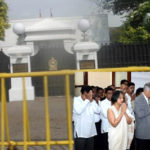



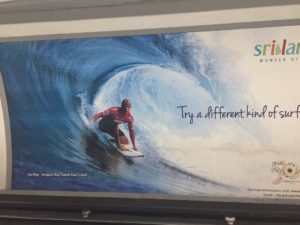





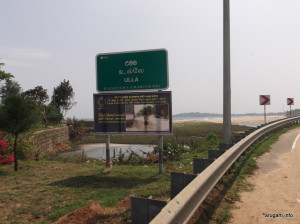
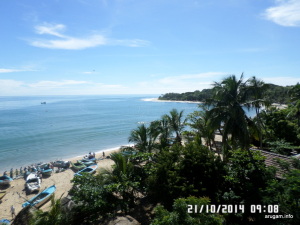
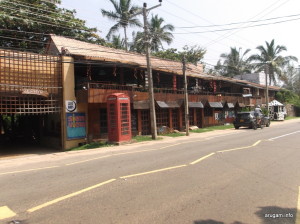
 Arugam Forum
Arugam Forum Arugam Photo Galleries on Picasa
Arugam Photo Galleries on Picasa Old Website
Old Website Press Coverage
Press Coverage Surf Forecast for Arugam Bay
Surf Forecast for Arugam Bay
TODAY’s Comments